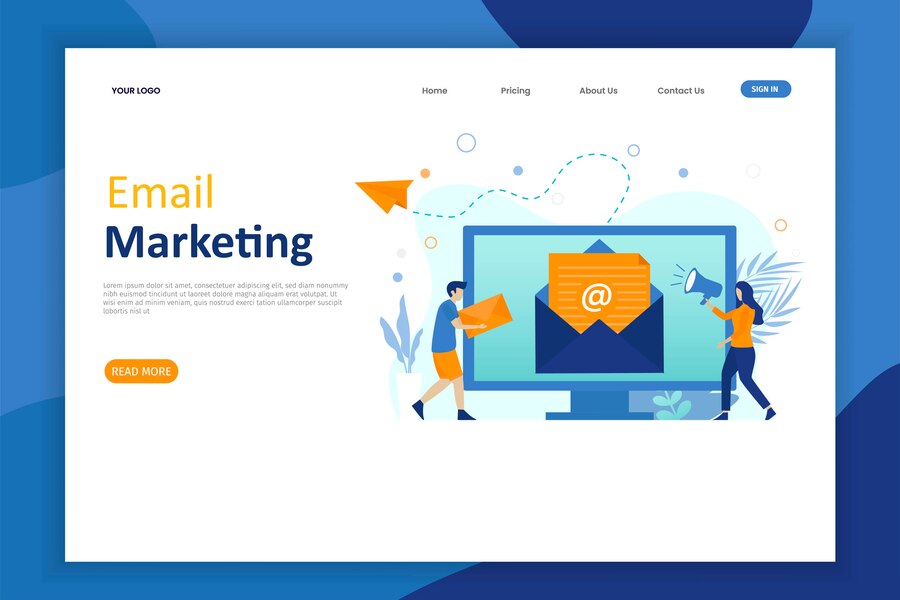In the ever-accelerating world of tech investment, innovation doesn’t win on merit alone—it wins through distribution. The channels through which technology reaches users, markets, and partners are becoming just as important as the products themselves.
For founders and investors alike, understanding how digital behavior is shifting—and which channels and trends are shaping tech’s next wave—is critical. In this article, we explore how startups are tapping into new go-to-market strategies, consumer behaviors, and platform dynamics to scale smarter and faster in 2025 and beyond.
Community-Led Growth (CLG): Building Trust Before Selling
In an age where users are overwhelmed with options, community is the new moat. Startups are no longer just acquiring users—they’re building tribes. This channel is being championed by tech startups in open source, fintech, gaming, health, and productivity.
Key elements of CLG:
- Organic engagement in Discord, Reddit, and Telegram
- Developer evangelism for APIs and tools
- Peer-led onboarding and support forums
VCs are increasingly backing companies with highly engaged, loyal communities, even pre-revenue. Why? Because community drives retention, advocacy, and grassroots expansion.
Why it matters: Community-first companies have lower CAC, higher LTV, and built-in virality. They scale through trust, not just transactions.
Creator Distribution: The New Influencer Economy
Creators are no longer just marketers—they’re channel partners. From B2C to B2B, startups are turning to creators with niche audiences and deep engagement for scalable, authentic distribution.
This trend includes:
- Affiliate partnerships and co-branded product drops
- Creator-first platforms offering white-label tech
- B2B software promoted through LinkedIn influencers and niche newsletters
Micro and nano-influencers are gaining traction, particularly in vertical markets like mental health, edtech, SaaS, and wellness.
Why it matters: The creator economy has matured into a powerful channel that bypasses traditional ad platforms and offers trusted, targeted reach.
Product-Led Growth (PLG) 2.0: From Freemium to Ecosystem
PLG isn’t new—but it’s evolving. In 2025, PLG isn’t just about a slick freemium product. It’s about building viral loops, collaboration networks, and monetization bridges into your core experience.
Winning strategies include:
- Instant value in under 5 minutes of onboarding
- Deep integrations with Slack, Notion, or Figma
- Usage-based pricing that scales with customer growth
Startups that grow bottoms-up—through individual users or teams—are now expanding organically into the enterprise, flipping the traditional sales funnel.
Why it matters: Investors love PLG because it’s efficient, measurable, and fast. A well-designed product becomes its own sales team.
Dark Social & Private Channel
While public social platforms still matter, the real engagement often happens in “dark social”—spaces where content is shared privately, and influence spreads invisibly.
Channels here include:
- Group chats (WhatsApp, Signal, iMessage)
- Internal company Slack channels
- Private Discord communities
- Direct shares of email newsletters and PDFs
Startups are now optimizing for shareability over virality. The goal: create content and experiences that get passed around by real users in trusted circles.
Why it matters: Dark social is harder to track, but it drives high-intent leads. Smart companies measure indirect signals like branded search, referral spikes, and inbound mentions.
AI-Enhanced Growth Loops
AI isn’t just powering products—it’s powering distribution. From personalized outbound to predictive analytics and automated content creation, AI is transforming how startups grow.
Examples include:
- GPT-powered chatbots that handle onboarding and support
- Dynamic email sequences and landing pages generated in real time
- Auto-segmentation of users for tailored product experiences
VCs are watching for startups that use AI to unlock smarter, faster growth—not just fancier tech. Efficiency is the new luxury.
Why it matters: AI-powered growth loops compound over time. They improve with every interaction, turning data into momentum.
Channel-Market Fit: Picking the Right Playbook
Startups often chase product-market fit without asking: “What channels does my market actually use?”Savvy founders now align their go-to-market with their audience’s natural behavior:
- Gen Z brands dominate on TikTok, not SEO
- Procurement teams still open email and attend webinars
Instead of spreading thin, high-performing startups focus on one or two core channels, master them, then expand.Why it matters: Channel-market fit is just as critical as product-market fit. Founders who understand this raise less, waste less, and grow faster.
Global Go-to-Market From Day On
In 2025, digital-first businesses are default-global. Startups are targeting international markets earlier, especially with the rise of remote teams, cross-border fintech, and localization tools.
Strategies that support this include:
- Hiring local influencers and partners in emerging markets
- Offering multilingual support and currency options
- Scaling through digital marketplaces (AWS, Shopify App Store, AppSumo)
Investors are excited by teams that don’t treat international expansion as a Phase 2 play—but as part of their core growth engine.Why it matters: Distribution is digital, and digital is global. The biggest markets might not be where you started.
B2B Content & Owned Media
Owned media is back in vogue. Startups are acting like mini media companies, investing in content to attract, educate, and convert their ideal customers.
Common approaches include:
- Podcasts, video series, and webinars
- Founder-led content on LinkedIn and Medium
- Research reports and benchmark studies (with built-in PR appeal)
In niche B2B spaces, thoughtful content creates authority and builds pipeline. It also fuels SEO, social, and email—all from one engine.Why it matters: Content compounds. Startups with owned channels don’t depend entirely on paid ads or platform changes.
Retail Media Networks & Commerce Integration
For consumer startups, new digital shelves are emerging in the form of retail media networks (RMNs). These are ad platforms operated by retailers like Amazon, Walmart, Instacart, and Uber Eats—offering first-party data and in-context promotion.
Startups are now:
- Partnering with RMNs for direct sales boosts
- Embedding commerce in social channels (Instagram Shops, TikTok Shop)
- Leveraging affiliate and DTC marketplace hybrids
This trend is especially impactful in CPG, fashion, wellness, and pet tech.
Why it matters: The end of third-party cookies means RMNs and commerce-integrated channels offer measurable, data-rich user acquisition.
Conclusion: Distribution Is the Differentiator
The best product in the world means nothing if no one knows about it. In today’s hypercompetitive market, channel strategy is a core competency, not a marketing afterthought. Founders and investors alike must understand the dynamics of attention, influence, and growth to win.
Whether it’s community, creators, AI, or dark social, the question isn’t just “what are you building?”—but “how will it spread?”The future belongs to startups that can not only create value—but distribute it intelligently, efficiently, and where it matters most.













Leave a Reply